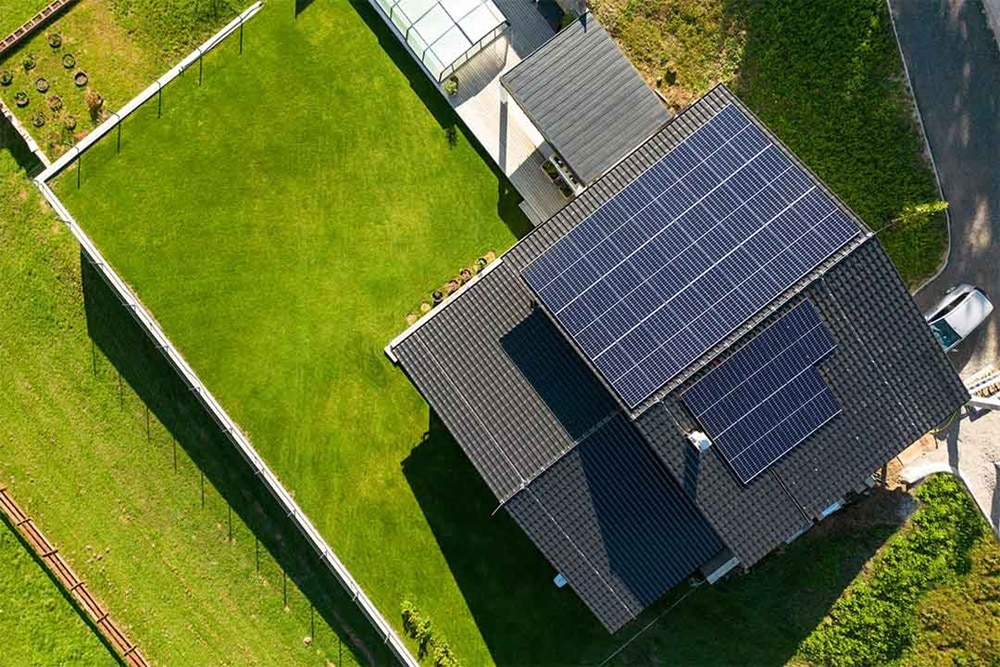Maximum efficiency: Energy management for a successful energy transition

The energy transition cannot be achieved at a bound, but only step by step. The first on the way to a more climate-friendly energy supply is the move away from fossil fuels and the greater use of renewable energies. Another is the responsible, sustainable, and more efficient use of energy.
In order to move from fossils to renewables, the energy transition needs some help – and this is provided by intelligent energy management, which thus becomes a decisive factor for success.
No energy transition without efficiency
Wildpoldsried in the Allgäu region has long been where the world is supposed to be. The municipality took the energy transition into its own hands 30 years ago. Wind, sun, water and biogas supply the whole place with electricity. In fact, even with eight times more electricity than the houses and businesses need in the first place.
What sounds so simple is the result of many years of collaborative efforts and preparations. After all, the energy transition poses several challenges at once. On the one hand, from a global perspective, a steadily increasing energy demand must be met, and security of supply must still be guaranteed.

On the other hand, there is a sustainable, diverse electricity mix with fluctuating electricity feed-in and decentralised generators, who are increasingly also consumers ("prosumers"). To explore this topic more thoroughly, feel free to take a look at "Why the Future is Electric."
To reconcile both sides, a rethink is necessary: How do we deal with the available energy in the future? And how can we use them better, more efficiently? The answer to this question is provided by the electrical industry: with smart energy management. This helps to ensure that electricity is always directed to where it is needed most. Or store it when it's not needed. In any case, energy management systems are an enormously important piece of the puzzle to bring more efficiency to the energy transition.
The right questions for more energy efficiency
To save energy and increase energy efficiency, the right questions must be asked: Where, when and for what purpose is how much energy needed? And how does it get there?
The foundation for effective energy management lies in finding answers to these questions. It doesn't matter if you're trying to enhance electricity efficiency in a single-family home, an apartment building, a commercial facility, or a factory. To make genuine improvements, it's essential to have a thorough understanding of electricity generation and consumption.
Once these questions are resolved, you can take the appropriate actions based on the gathered information.
Energy management – and what it takes
The human factor in the energy transition
In the end the energy transition and the pursuit of greater energy efficiency are also about getting people to rethink. Not only in terms of the importance of renewable energies, but also in terms of their behaviour. The most efficient and climate-friendly electricity is the one that is not consumed.
The electrical industry can make a significant contribution to achieving this rethinking and the necessary behavioural changes for a successful energy transition: with simple, convenient solutions that offer clearly recognizable added value.

Straightforward retrofitting of the electrical installation in existing buildings is therefore an important factor.
This applies in the same way to a transparent, comprehensible and user-friendly visualization of measurement results. Or the convenient operation of energy management and building technology via mobile devices.
There is an enormous potential in technology. It can make people more aware of how they use energy and at the same time show them opportunities for improvement – which can be implemented directly and thus immediately bring about positive changes in their lives. In the end, the most important factor in the energy transition is still people. And with its energy management systems, the electrical industry has great leverage to convince people of the energy transition.
